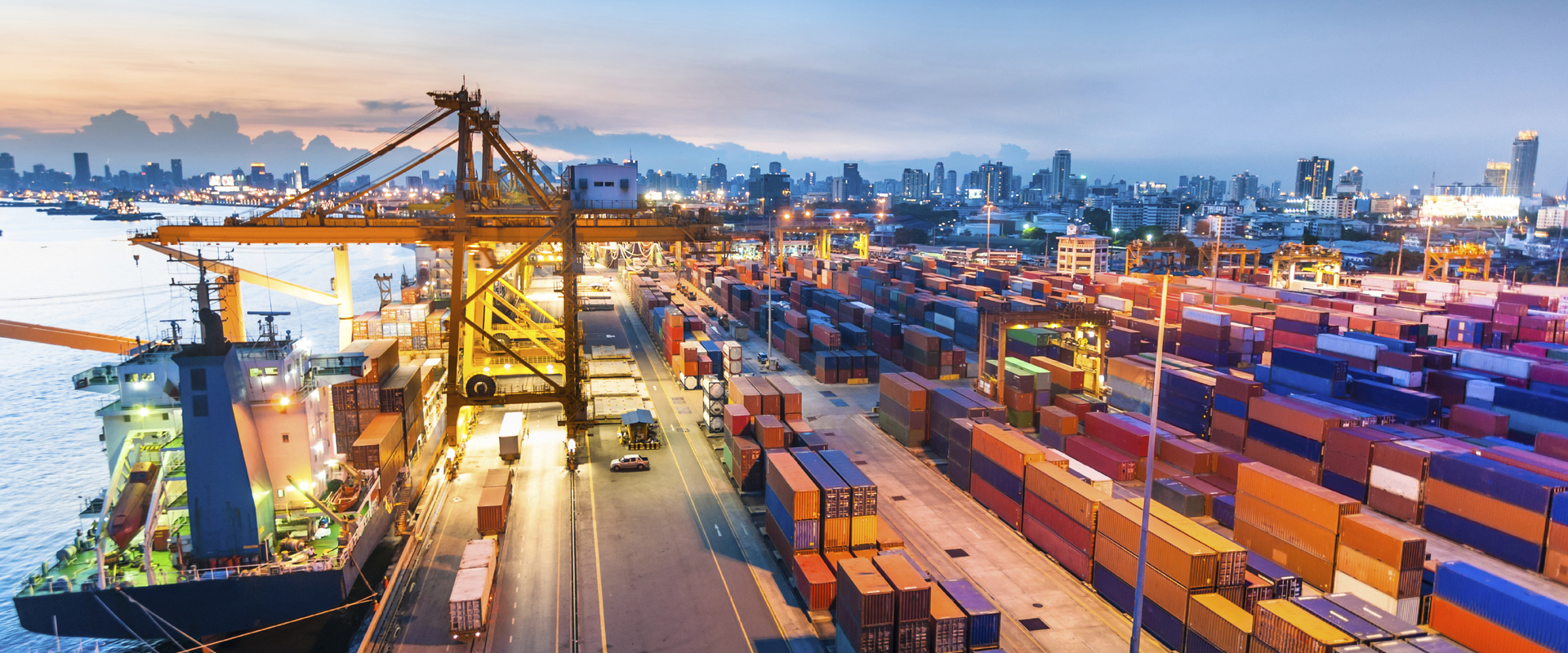When considering importing goods, businesses often weigh the benefits of sourcing from Hong Kong versus mainland China. Both regions offer unique advantages and come with their own sets of considerations. Understanding the key differences can help businesses make informed decisions that best suit their needs.
Trade Policies and Tariffs
Hong Kong:
Hong Kong operates as a free port with minimal trade barriers. It imposes very few tariffs on imports and exports, which can result in lower overall costs for businesses. This liberal trade policy is designed to encourage international trade and mak
es Hong Kong an attractive hub for importing a wide range of goods.
Mainland China:
Mainland China, while a major global manufacturing hub, has more complex and varied tariff structures. Import tariffs can vary significantly depending on the type of goods, and additional taxes such as value-added tax (VAT) and consumption tax may apply. Navigating these tariffs and taxes can require more detailed planning and compliance.
Customs and Regulatory Environment
Hong Kong:
Hong Kong’s customs procedures are known for their efficiency and transparency. The region’s streamlined customs processes and business-friendly regulatory environment facilitate quick clearance of goods, reducing the likelihood of delays. English is widely used in official documents and transactions, making it easier for international businesses to navigate the system.
Mainland China:
Customs procedures in mainland China can be more stringent and time-consuming. The regulatory environment is complex, with varying rules and requirements across different provinces and industries. Compliance with local standards and regulations can require thorough understanding and expertise, which may necessitate working with local agents or consultants.
Infrastructure and Logistics
Hong Kong:
Hong Kong boasts world-class infrastructure, including one of the busiest and most efficient ports globally and a top-ranked international airport. The region’s advanced logistics network ensures reliable and timely transportation of goods. This robust infrastructure supports seamless import processes and minimizes risks associated with logistics.
Mainland China:
Mainland China has made significant investments in its infrastructure, resulting in an extensive network of ports, railways, and highways. Major ports like Shanghai and Shenzhen are among the busiest in the world. However, the sheer size of the country means that logistics can vary greatly depending on the region. Efficient internal logistics and transportation can be more challenging in less developed areas.
Quality and Standards
Hong Kong:
Products imported through Hong Kong often adhere to international quality standards and regulations. The region’s regulatory bodies enforce stringent quality control measures, ensuring high reliability and safety of goods. Hong Kong’s reputation for upholding high standards provides assurance to businesses about the quality of their imports.
Mainland China:
Mainland China produces a vast array of goods, with quality varying widely depending on the manufacturer and region. While many Chinese manufacturers produce high-quality products that meet international standards, there are also instances of lower-quality goods. Rigorous vetting of suppliers and adherence to quality assurance practices are essential when importing from mainland China.
Market Access and Distribution
Hong Kong:
Importing through Hong Kong can provide easier access to other Asian markets due to its strategic location and free trade agreements with multiple countries. Hong Kong serves as a gateway to mainland China, but it also offers broader access to regional markets, making it an advantageous hub for redistribution.
Mainland China:
Importing directly from mainland China is ideal for businesses targeting the Chinese domestic market. China’s vast consumer base and growing middle class present significant opportunities for businesses. However, direct access to other markets may be less streamlined compared to Hong Kong, depending on the specific trade agreements in place.
Financial Considerations
Hong Kong:
As a leading global financial center, Hong Kong offers a range of financial services that support international trade, including favorable exchange rates, diverse financing options, and sophisticated banking facilities. The presence of numerous international banks ensures secure and efficient financial transactions.
Mainland China:
While mainland China has a robust financial system, currency controls and regulatory restrictions can pose challenges for international transactions. The Chinese yuan (CNY) is subject to government controls, and businesses may encounter complexities in currency exchange and fund repatriation. Working with local financial institutions can help navigate these challenges.
Conclusion
Choosing between importing from Hong Kong or mainland China depends on various factors, including the nature of the goods, target markets, and specific business needs. Hong Kong offers streamlined processes, minimal tariffs, and superior logistics infrastructure, making it an excellent hub for high-quality imports and regional distribution. Mainland China provides direct access to one of the world’s largest markets and a vast array of manufacturing options, though it comes with more complex regulatory and logistical considerations. By understanding these differences, businesses can make strategic decisions that optimize their supply chain and enhance their competitive edge.






